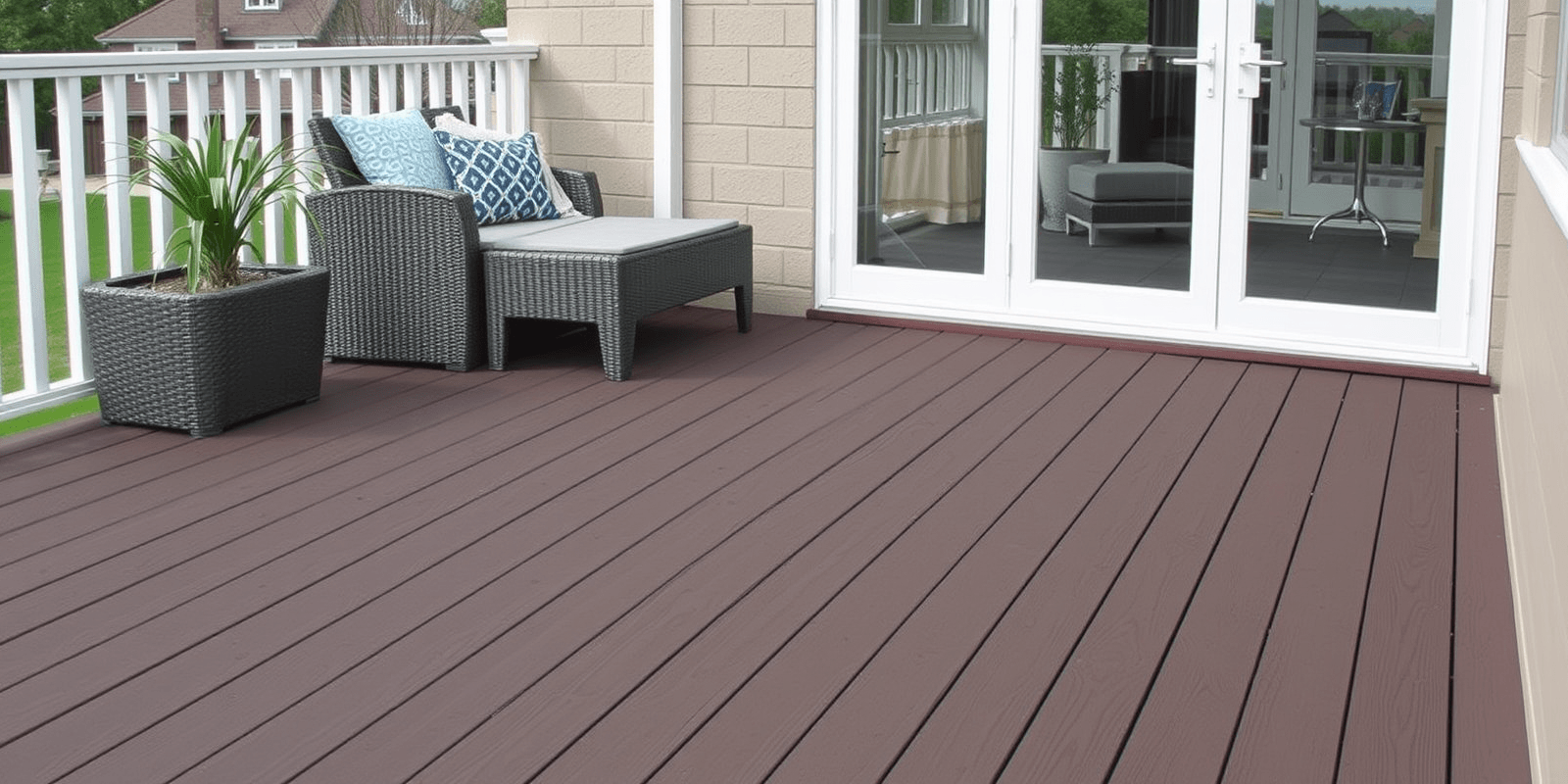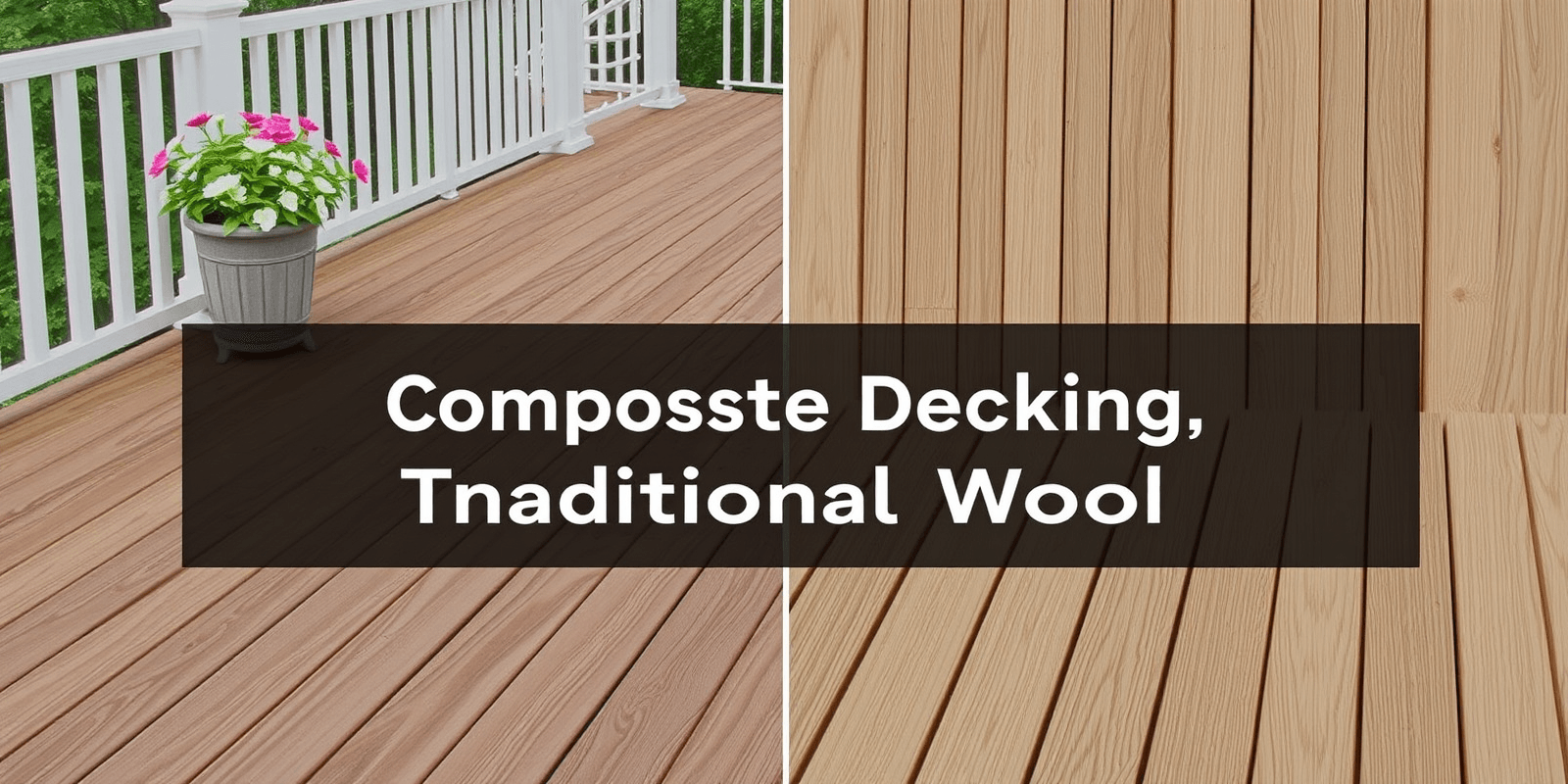“`html
What is Modified Wood Decking vs Composite Decking
Introduction
Decking materials are essential for creating outdoor living spaces that enhance the functionality and aesthetic appeal of your home. Two popular choices in the market today are modified wood decking and composite decking. Both materials offer unique benefits, drawbacks, maintenance requirements, cost considerations, and aesthetic qualities. This article provides a comprehensive overview to help you make an informed decision.
Modified Wood Decking
Modified wood decking involves treating natural wood with chemicals to improve its durability and resistance to weathering, rot, and insects. The most common types include pressure-treated wood, acetylated wood, and thermally modified wood. These treatments alter the wood’s cellular structure, making it more resistant to environmental factors.
Benefits
- Natural Look: Modified wood retains the natural appearance and warmth of traditional wood.
- Cost-Effective: Generally less expensive than composite decking materials.
- Recyclable: Can be recycled at the end of its life cycle.
Drawbacks
- Maintenance: Requires periodic sealing or staining to maintain its appearance and longevity.
- Environmental Impact: Some treatment processes may have negative environmental impacts.
Maintenance Requirements
Regular cleaning with a mild detergent and water is recommended. Sealing or staining should be done every 1-2 years to protect the wood from moisture and UV damage.
Cost Considerations
Modified wood decking is generally more affordable upfront compared to composite materials. However, the long-term costs can increase due to the need for regular maintenance.
Aesthetic Qualities
The natural wood grain and color variations provide a warm and inviting look that complements many architectural styles.
Composite Decking
Composite decking is made from a combination of wood fibers and plastic, often derived from recycled materials. This blend creates a highly durable and low-maintenance material that resists warping, fading, and insect damage.
Benefits
- Low Maintenance: Requires minimal upkeep, such as occasional cleaning with soap and water.
- Durability: Highly resistant to moisture, stains, and insects.
- Longevity: Expected lifespan is longer than traditional wood decking.
Drawbacks
- Initial Cost: More expensive than modified wood options.
- Appearance: May not replicate the natural look of wood as accurately.
Maintenance Requirements
Composite decking requires less maintenance than traditional wood. Regular cleaning with soap and water is sufficient. Avoid using abrasive cleaners or tools that could scratch the surface.
Cost Considerations
While the initial investment is higher, the long-term savings on maintenance and replacement costs can offset this expense.
Aesthetic Qualities
Composite decking offers a wide range of colors and textures, allowing for customization to match various design preferences. However, it may not achieve the same natural look as modified wood.
Conclusion
Choosing between modified wood and composite decking depends on your specific needs and preferences. If you prefer a natural appearance and are willing to invest time in maintenance, modified wood is a solid choice. For those seeking a low-maintenance option with greater durability, composite decking is the way to go. Consider the long-term costs, aesthetics, and maintenance requirements to make the best decision for your deck.
“`


